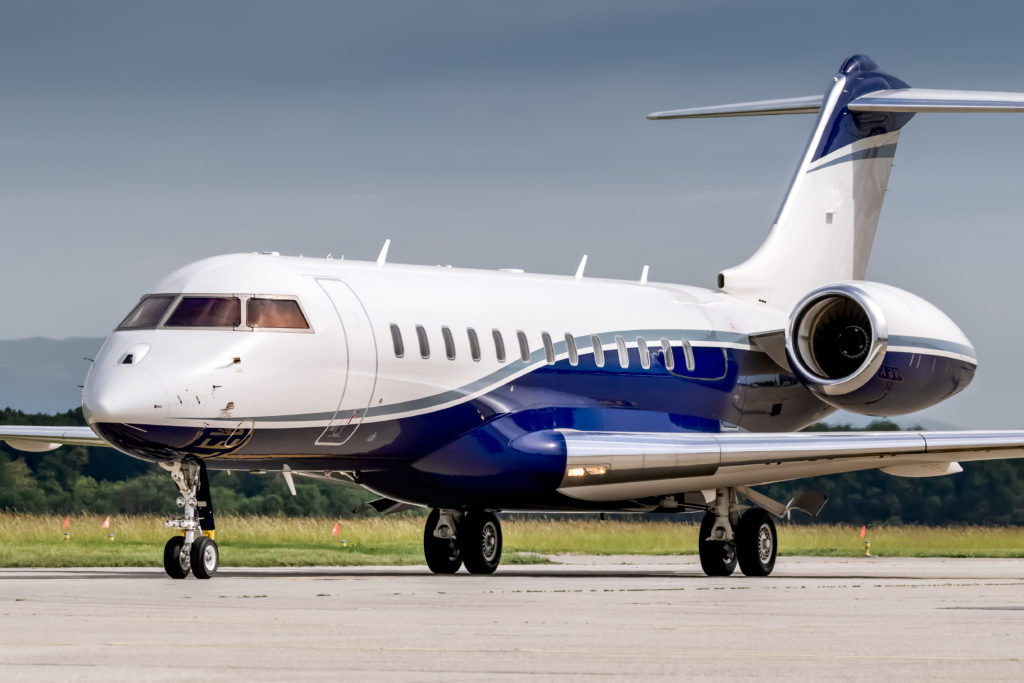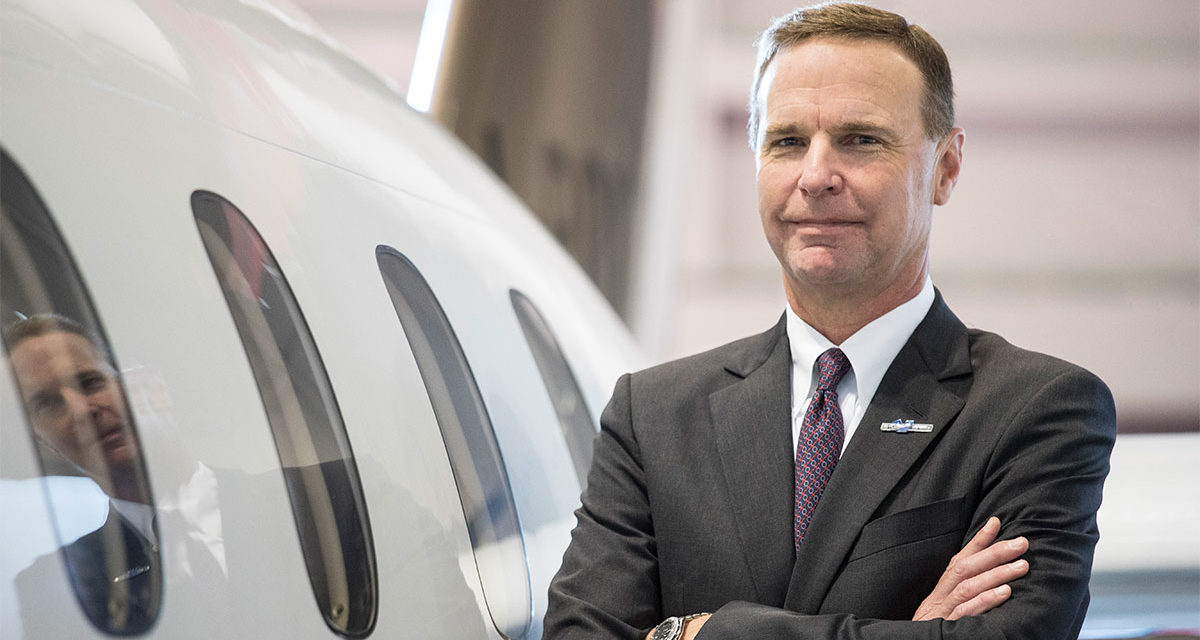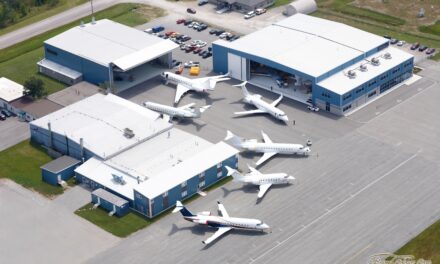By Sylvie Péron
On the day EBACE2021 was cancelled, we received this editorial from NBAA’s CEO.
A member of the board of directors of the (US) National Aeronautic Association,
Ed Bolen became the president and CEO of the National Business Aviation Association (NBAA) in Washington, DC, on Sept. 7, 2004. Ever since, he has devoted himself to serving the cause of BizAv with talent and passion. Bolen is a recreational pilot and a competitive tennis player.
An Essential Industry Displays Resilience, Innovation in a COVID Moment
As the business aviation market continues its response to this ongoing COVID-19 moment, I believe the industry has displayed tremendous resilience throughout the past year, which presents reason for optimism as we look toward finally emerging from this crisis.
But first, a perspective on the situation at the start of this new year: national and international travel restrictions are having a profound impact on the flexibility afforded by business aviation, and those effects continue to linger today.
These factors, however, must also be considered in light of continued demand for business aviation, as people and companies have maintained their regional travel across the U.S., often seeking access to locations with dramatically reduced airline service. It’s also clear we’re seeing a wave of new business aviation clients, particularly in the charter segment, as people seek a means to address safety and health concerns in conjunction with their most important business missions.
Our industry has built upon this inherent advantage with innovation, including new measures to ensure passenger health. These have ranged from cashless transactions and enhanced sanitization procedures to dedicated flight crews, dispatch and maintenance shifts, altered passenger boarding and seating configurations and more. At the same time, business aviation FBOs have implemented enhanced pandemic protocols, to ensure the safety of their company’s own employees, as well as that of passengers and flight crews utilizing their services.

In fact, our industry was at the forefront of such measures, and this impressive response has helped business aviation weather the COVID storm with greater resilience than most other segments of the transportation industry. That in turn drives a sense of reassurance, and even optimism, as we look to truly rebound when vaccinations take hold and our lives return to something like a new “normal.”
Many comparisons have been drawn between the economic impact from COVID-19 and the effects from the 2008-2009 financial crisis. However, there is one distinct difference, in that companies have held onto their business aircraft over the past year, unlike the selloffs we experienced throughout the Great Recession, and in other economic downturns. This leads me to believe that, coming away from COVID-19, business aviation might be a leading economic indicator, instead of a trailing one.
This remains a time that holds unique, daunting and at times seemingly relentless challenges for our industry. However, it’s also a time when learning from each other, and applying lessons that are inherent to us as aviators and aviation professionals, continues to be at the forefront.
As we all look toward a brighter, non-COVID future, I truly believe 2021 marks a time for new opportunities for our innovative and resilient industry. There remains much to be optimistic about in the year ahead, and while there will undoubtedly be challenges, the lessons we’ve learned will serve us well in 2021 and beyond.









